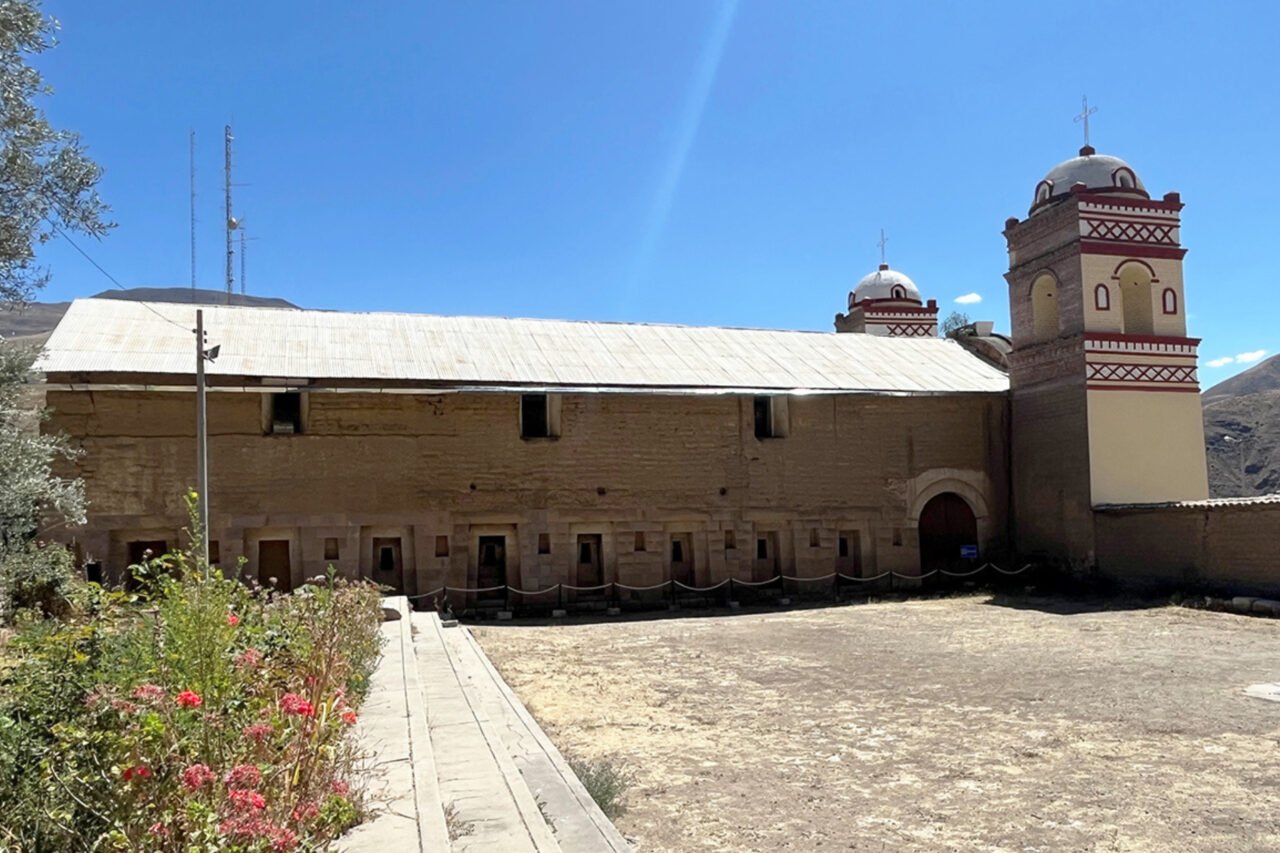Researchers at Texas A&M University have made a significant breakthrough in the field of regenerative medicine, identifying a key element that could enable the regrowth of human limbs. This discovery is particularly relevant for the estimated 2.1 million people in the United States living with limb loss, a figure projected to increase threefold by 2060 due to rising cases of vascular diseases such as diabetes.
Current human regenerative abilities are limited; unlike species such as the axolotl, which can regenerate entire limbs, humans can only regenerate the tips of their fingers under specific conditions. Researchers from the College of Veterinary Medicine and Biomedical Sciences (VMBS) have focused on a specific protein known as a fibroblast growth factor (FGF), which plays a crucial role in tissue regeneration.
Breakthrough Discovery of FGF8
Dr. Lindsay Dawson, an assistant professor in the VMBS’ Department of Veterinary Physiology and Pharmacology, led the research team in discovering FGF8. This particular growth factor has demonstrated the ability to regenerate an entire finger joint, encompassing articular cartilage, tendons, and ligaments.
“We know that bone regeneration requires many different factors, one of which is FGFs,” Dr. Dawson explained. “We were able to implant different FGFs into tissues that normally do not regenerate and found that FGF8 can regenerate a complete joint and even initiate the formation of a fingertip.”
While FGF8 does not restore all components of a finger, such as a fingernail, its discovery marks a pivotal step toward achieving full-limb regeneration. Dr. Dawson expressed optimism about future applications of this research, stating, “Our expectation is that if we can figure out all the factors that regenerate a finger, we could apply those factors anywhere on the rest of the arm, or even a leg, and regrow a limb.”
Future Directions and Research Goals
The study serves as a proof of concept, highlighting how FGF8 influences cells that would typically form scar tissue, redirecting them to produce five different types of tissues instead.
Graduate student Sarah Wolff, who is actively involved in the ongoing research, emphasized the significance of their findings. “We’ve discovered that joint regeneration is associated with less mature tissues,” she said. “What I’m really driven to understand is how we can stimulate joint regeneration across the lifespan.”
As the team at Texas A&M continues to investigate the complexities of limb regeneration, their discoveries could pave the way for innovative treatments for individuals affected by limb loss, potentially transforming lives in the years to come. The intersection of science and hope shines brightly with each advancement in this crucial area of research.







